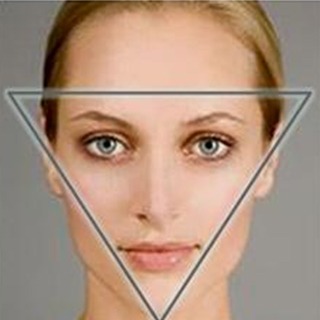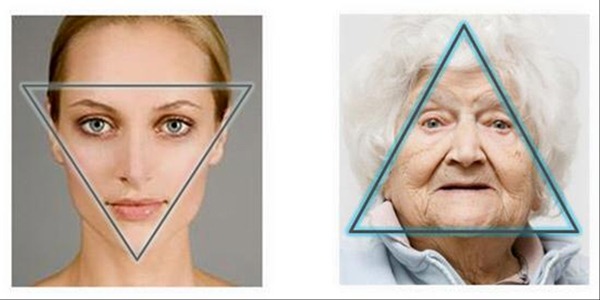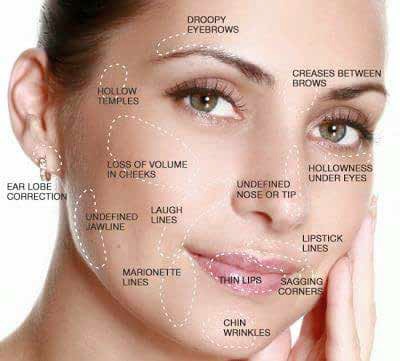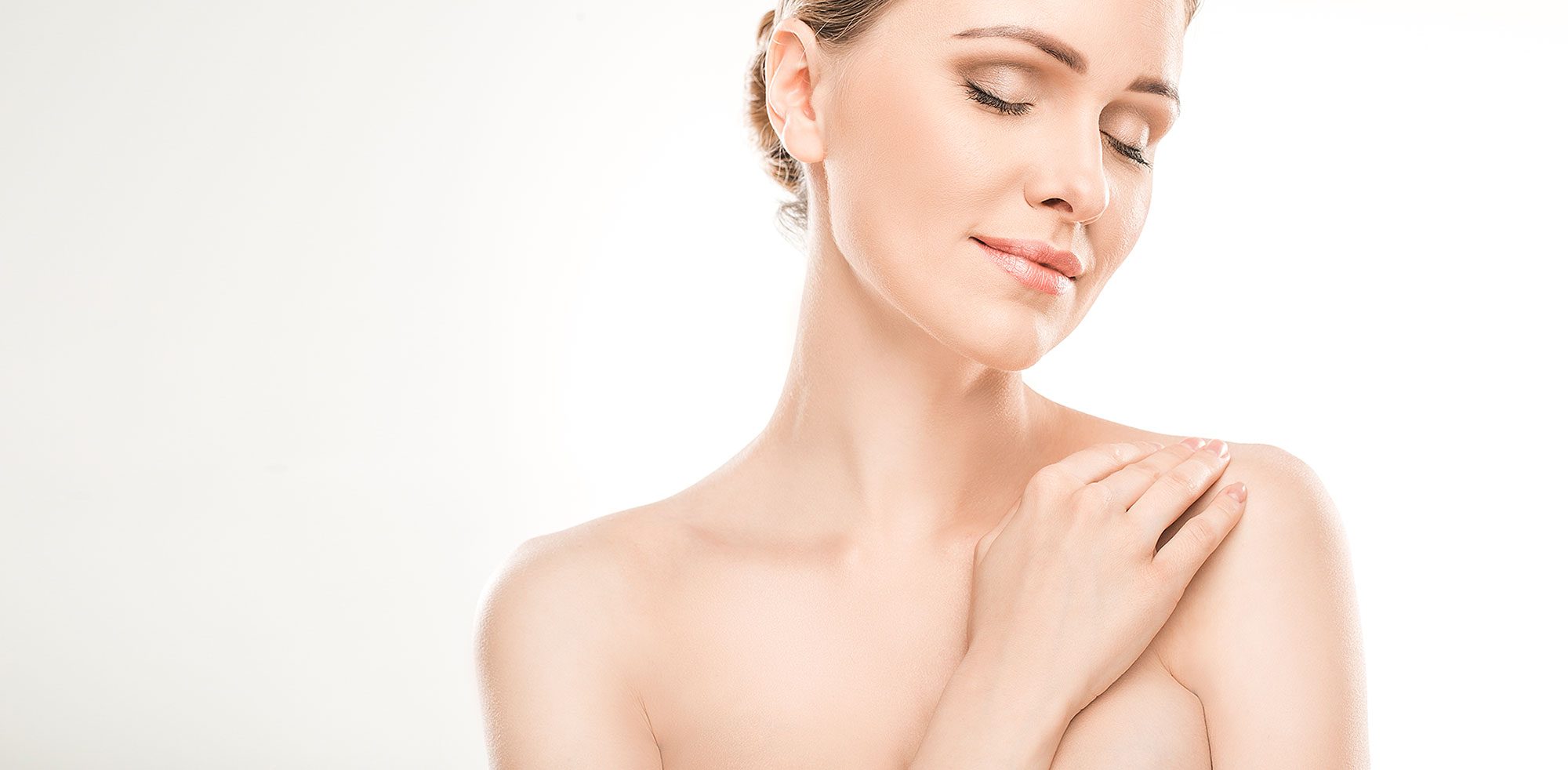
06 June What makes us look older?

The first thing that our brain processes when it comes to judging a patient’s age is the shape of their face.
While you may feel that it’s the dreaded wrinkles that are ageing you, it’s actually your face shape that’s making you look older.
Everyone’s face changes over time, from the aspired-to triangle of youth – with high cheek bones and well-defined jaw line – to a rectangle with a heavy jaw line and double chin!
The shape of the face is much more important than the lines and folds. Why is this?
It’s all about your geometry!
The ideal in cosmetic surgery is to recreate the heart-shaped face that we aspired to when we were younger.
The good news is that, apart from a lower face lift, for those of us who want to avoid going under the knife there are other treatments out there we can do.
We don’t want to create that puffed-up, cushion face we see in the papers, but using a more subtle approach we can redefine contours and replace lost volume, especially in the mid-face.
This natural effect can be achieved by either using conventional dermal fillers; however, the best results are achieved by having a RiverLIFT thread lift.
What happens to our skin as we get older?
In addition to your face shape changing, your skin also plays an important part.
Skin is a protective coating with several functions and, at the same time, a vital organ for attracting engaging beauty from others.
 Ageing skin is accompanied by some skin functional disorders along with changes on the surface. Besides, the results from severe ageing have a great effect on life, so some people eventually suffer from depression. Thus, more active endeavour is expected to prevent and minimize skin-ageing.
Ageing skin is accompanied by some skin functional disorders along with changes on the surface. Besides, the results from severe ageing have a great effect on life, so some people eventually suffer from depression. Thus, more active endeavour is expected to prevent and minimize skin-ageing.
Elastin is the support fibre in the body that allows skin to ‘bounce’ back into place. Think of elastin as the springs in a mattress and the stuffing between the springs as collagen, along with other elements of the body, such as fat, cartilage, muscle, and so on.
When elastin is damaged, the skin begins to sag, just like a mattress begins to sag as its springs get old and damaged. This sagging combined with sun damage can cause crepey, paper-like skin. Older skin makes almost no elastin.
As we get older we have fragmentation, thinning and a decrease of youthful elastic fibres replaced by fibrotic collagen, a decrease of dermal elasticity with subsequent face shape change.
So what can you do?
Building more collagen helps support skin so that sagging is less apparent. Skincare products that contain potent anti-oxidants and skin repairing ingredients such as Vitamin A, also called retinol help repair collagen.
Retinol also stimulates cell turnover so as to kick start our lazy skin. Retinol needs to be started gradually – say twice a week – as it can be an irritant, causing redness and flaking. Once it can be tolerated, it can then be used daily.

